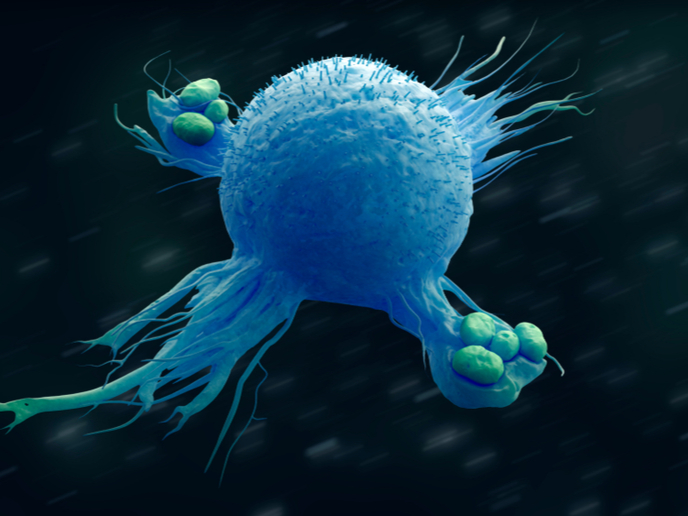Ageing and stem cell microenvironment
Mesenchymal stem cells (MSCs) are a small reservoir of progenitor cells that can be induced to differentiate into bone, connective tissue and fat. This capacity renders them invaluable tools for regenerative purposes. MSCs reside in the bone marrow in an undifferentiated state and can be activated by various stress signals. Central to many cellular processes and tissue homeostasis is the extracellular matrix (ECM) and its most abundant constituent, hyaluronan (HA). Loose ECM regions seem to support the differentiation of various stem cell populations, including MSCs. MSCs possess enzymes that synthesise and secrete HA, a process that is up-regulated in aged individuals. The hypothesis investigated by the EU-funded project 'Effect of controlled hyaluronan synthesis on the stemness of aged mesenchymal stem cells' (HYALSTEMAGE) was that an ECM rich in HA interferes with proper cellular activity and hampers the regenerative potential of MSCs. In this context, scientists investigated differences in gene expression levels in MSCs isolated from differently aged donors. Supplementing MSC cultures with HA had no impact on the cells, but blocking of HA synthesis induced a proliferation arrest. When scientists looked deeper into the mechanism, they found an overall increase in the glycosylation pattern of MSC proteins and a greater capacity to differentiate into osteocytes. They concluded that HA synthesis essentially compensates for the need for more osteogenic precursors in aged cells. HYALSTEMAGE observations underscore the importance of the ECM in controlling stem cell behaviour and unveil putative mechanisms that are implicated in ageing. The results also indicate the presence of a novel sensor system that can induce cell proliferation and differentiation in response to a changing microenvironment.







